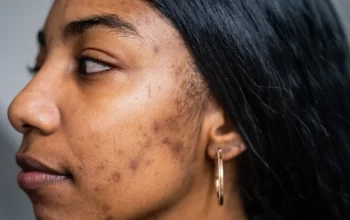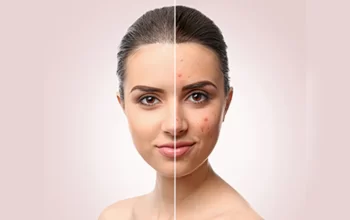Acne is actually a skin condition which happens when the hair follicles get clogged with dead skin cells and oil. It then causes pimples, whiteheads or zits to appear on the skin. Acne mostly occurs among teenagers, although it can affect people of all ages, with some people developing more severe forms of acne than others.
Different forms of acne can occur due to different factors, such as hereditary, hormonal changes or stress. It is often caused by oil production in the sebaceous glands. When oil production becomes excessive, it can block the follicles of the sebaceous glands and thus causing lesions, whiteheads and blackheads to develop. Acne usually develops during teenage years or early adolescence. The severity of acne depends on the amount of oil production: Acne lesions which are not filled with blood cannot be effectively removed and form cysts which can become a painful cyst.
Acne can also be caused by excessive bacteria in the sebaceous glands, blocking the pore. Bacteria can increase inside a blocked pore, causing inflammation which leads to lesions. These lesions are filled with bacteria and pus and therefore require medical treatment in order to drain.
It is also possible for a clogged pore to get infected and infection then leads to the formation of whiteheads. If a pore gets infected, whiteheads tend to appear, as the bacteria moves from the oil filled area into the follicle. In this process, the bacteria can attack the hair follicle and cause scarring or pimple-like lesions, surrounded by a whitehead. These are known as comedones.
Pores are an ideal location for bacteria to breed due to the fact that the bacteria and oil are at their most vulnerable point, a small crevice just below the surface of the skin. This allows for the pores to fill with pus and become full of germs and debris, all of which provide a perfect environment for bacteria to breed. The more frequent pimple breakouts occur at these times.
There are other hormonal changes associated with teenagers and acne sufferers, including the risk factors related to birth control pills, which contain estrogen. Estrogen is an active ingredient in birth control pills which prevent ovulation and menstruation. Therefore, during periods of time when women have hormonal changes, they are more likely to develop acne. The risk factors also include regular pregnancy and obesity, both of which are associated with increased estrogen levels.









